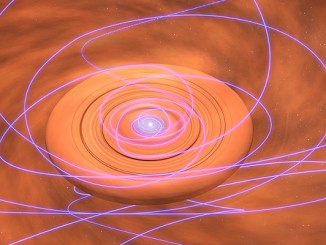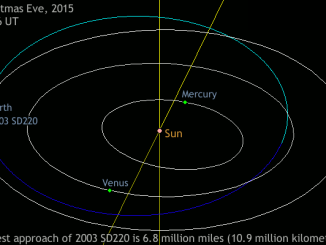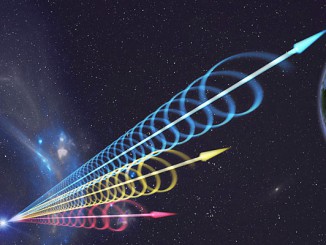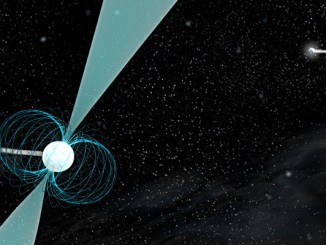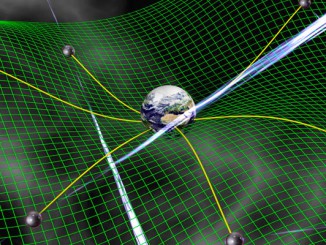
Chandra finds a remarkable galactic ribbon unfurled
An extraordinary ribbon of hot gas trailing behind a galaxy like a tail has been discovered using data from NASA’s Chandra X-ray Observatory. This ribbon, or X-ray tail, is likely due to gas stripped from the galaxy as it moves through a vast cloud of hot intergalactic gas. With a length of at least 250,000 light-years, it is likely the largest such tail ever detected.

